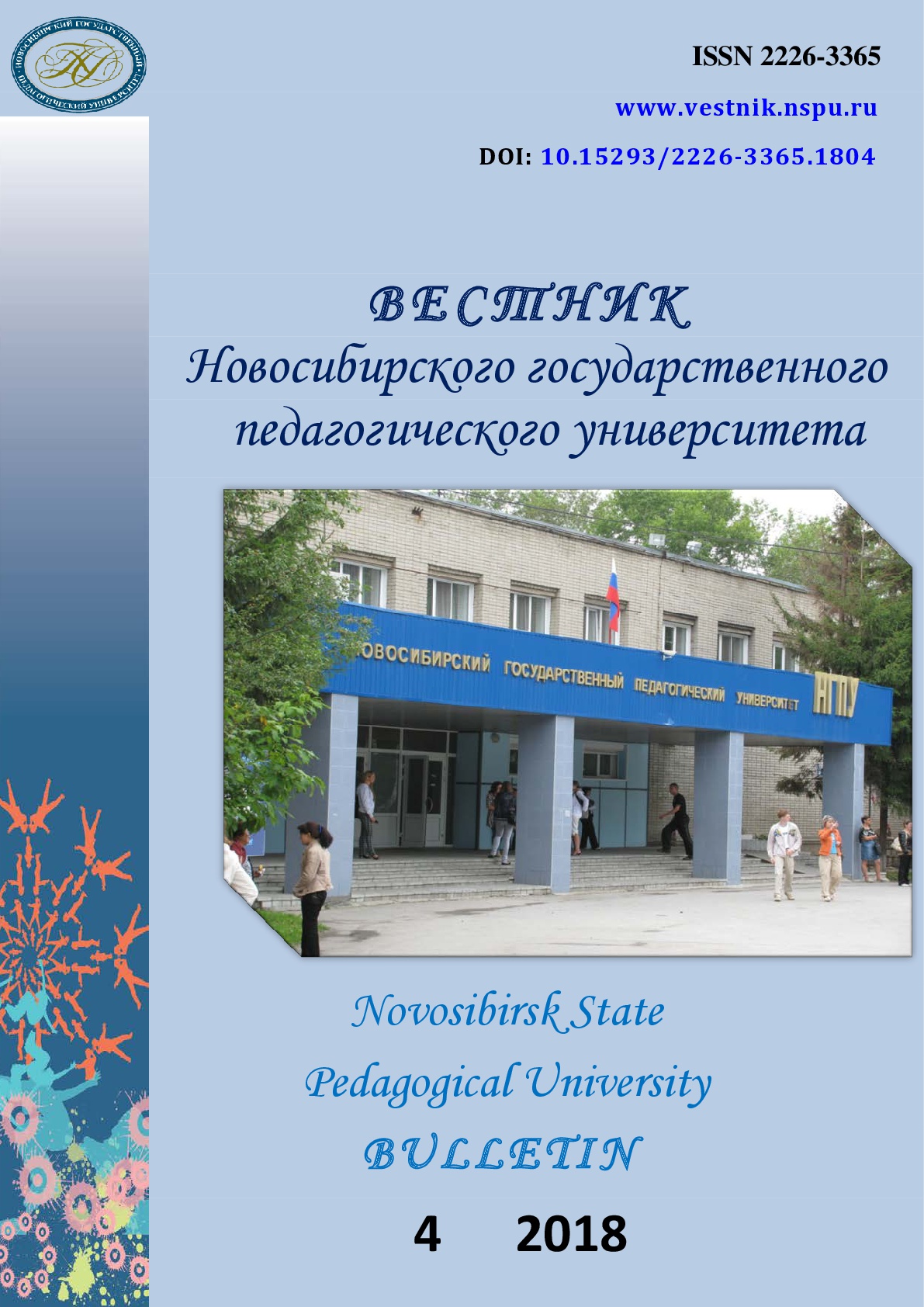Опыт культурного взаимодействия по Шелковому пути в контексте историографии
Experience of cultural interchange along the Silk Road in the mirror of historiography
Author(s): Sergey Aleksandrovich Komissarov, Tang Chung, Aleksandr Ivanovich Soloviev, Maria Andreevna KudinovaSubject(s): Archaeology, International relations/trade, Present Times (2010 - today), Geopolitics
Published by: Новосибирский государственный педагогический университет
Keywords: Great Silk Road; Tang dynasty; «Sogdian» tombs; Multiculturalism; Historical experience;
Summary/Abstract: Introduction. The Great Silk Road through the centuries (at least from the 2nd century BC) was one of the «world axes». Eurasian civilizations have been developing along this axis. The term itself is quite late, but it describes the processes of trade and cultural exchange, that were reconstructed according to archaeological and other data. In recent twenty years sensational discoveries have been made in China: excavations of the tombs of so called Sogdians attracted attention of scientists all over the world. Hundreds of books and papers in top-rated journals have been published, all these materials need summarizing. Besides, the Silk Road as a scientific problem was considered, firstly, as a successful historical experience of the real multiculturalism, which is in crisis now all over the world. Secondly, the “One Belt, One Road” initiative, which was proposed in 2012 by the Chinese leader, became a basis of the strategy of modern China, and promoted the studies of all the aspects of the problem (including the historical background). The aim of the work is a historiographical review of the publications devoted to the research of archaeological objects related to the Silk Road. Materials and Methods. The methodology and methods of the research were borrowed from the historiography (as a special historical discipline) and adapted to the stated objective. Primary focus is on the external (not internal) factors of the development of the historiography. Results. Numerous publications in peer-reviewed journals dedicated to the “One Belt, One Road” initiative were analyzed. The direct relation between political concepts and their projection to the research area was revealed. Civilization dimension of the concept of the New Silk Road needs relying on the study of the historical experience, including the one materialized in cultural relics. As for the archaeological materials, methods of interdisciplinary research assume the great importance. Conclusions. Due to the historiographical review the main study materials and the level of their interpretations were identified, that makes it possible to map out the further investigations. The religious and mythological relief panels from “Sogdian»” (and similar to them) tombs have a great heuristic potential for the study of cross-cultural communications and the importance of ideological tolerance for the development of the ethos and state. This subject will be described in more details in the upcoming monograph.
Journal: Вестник Новосибирского государственного педагогического университета
- Issue Year: 8/2018
- Issue No: 4
- Page Range: 126-139
- Page Count: 14
- Language: Russian

